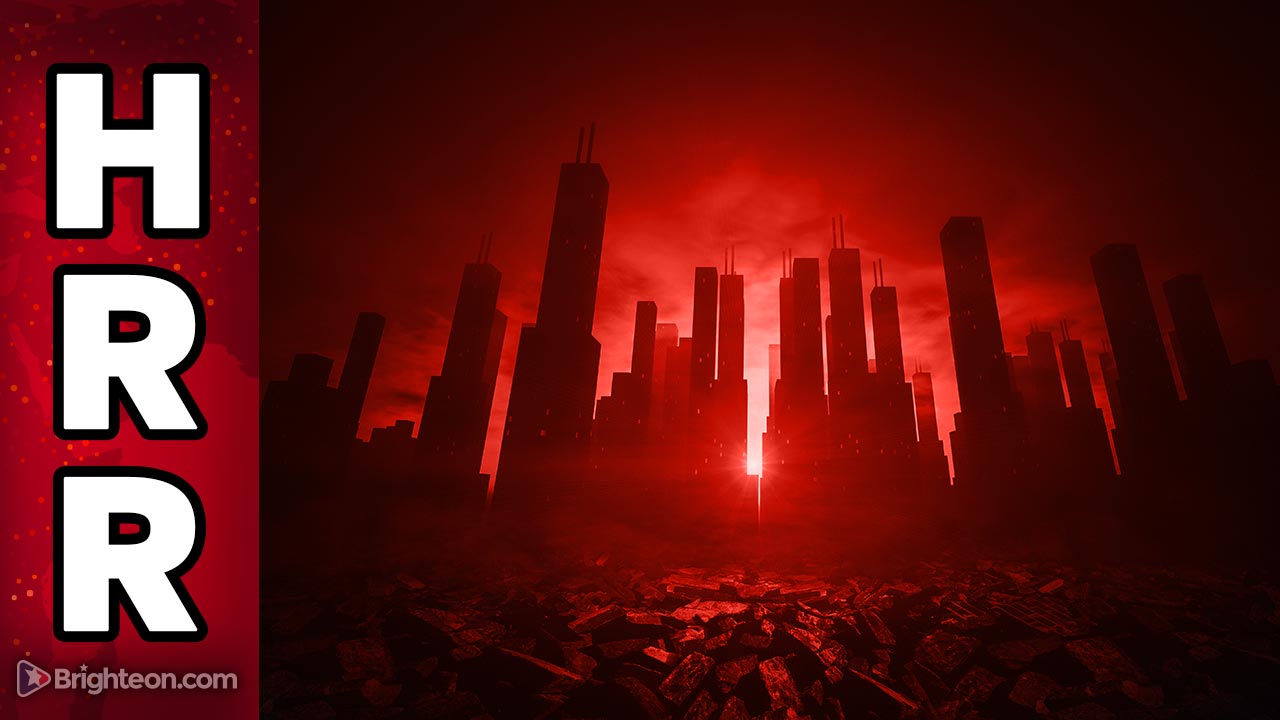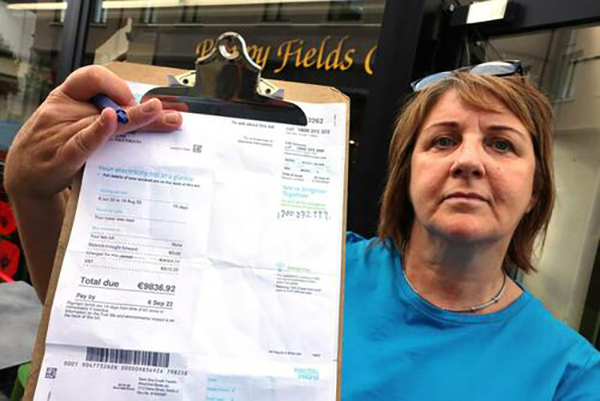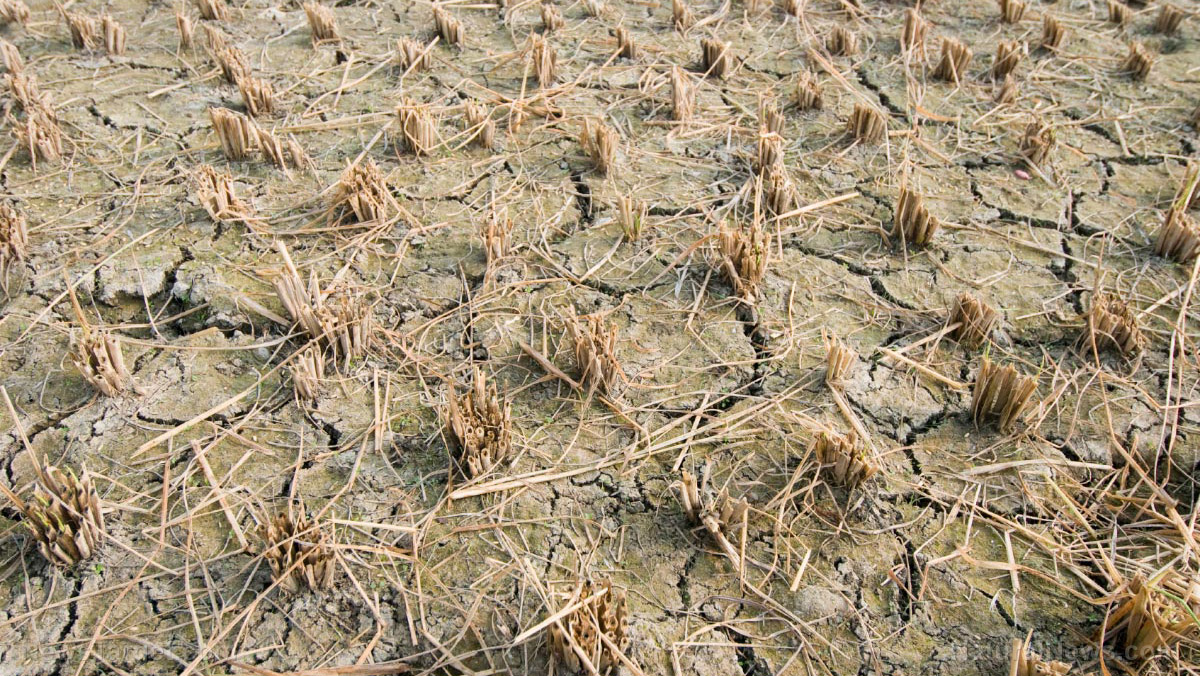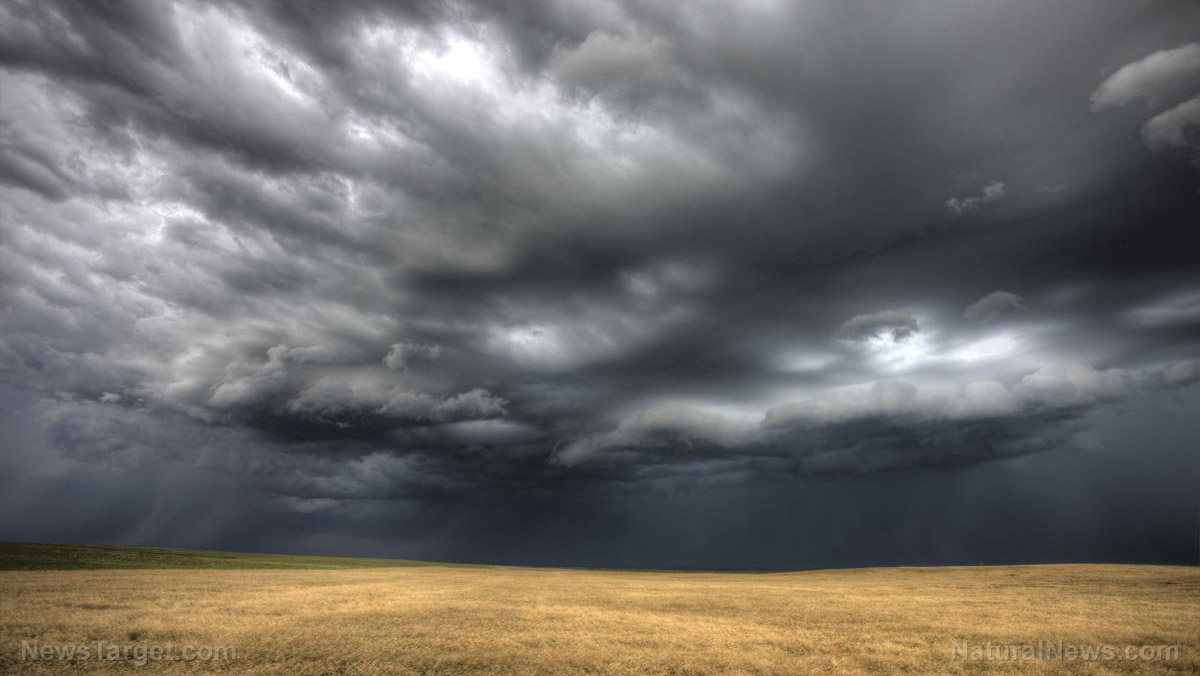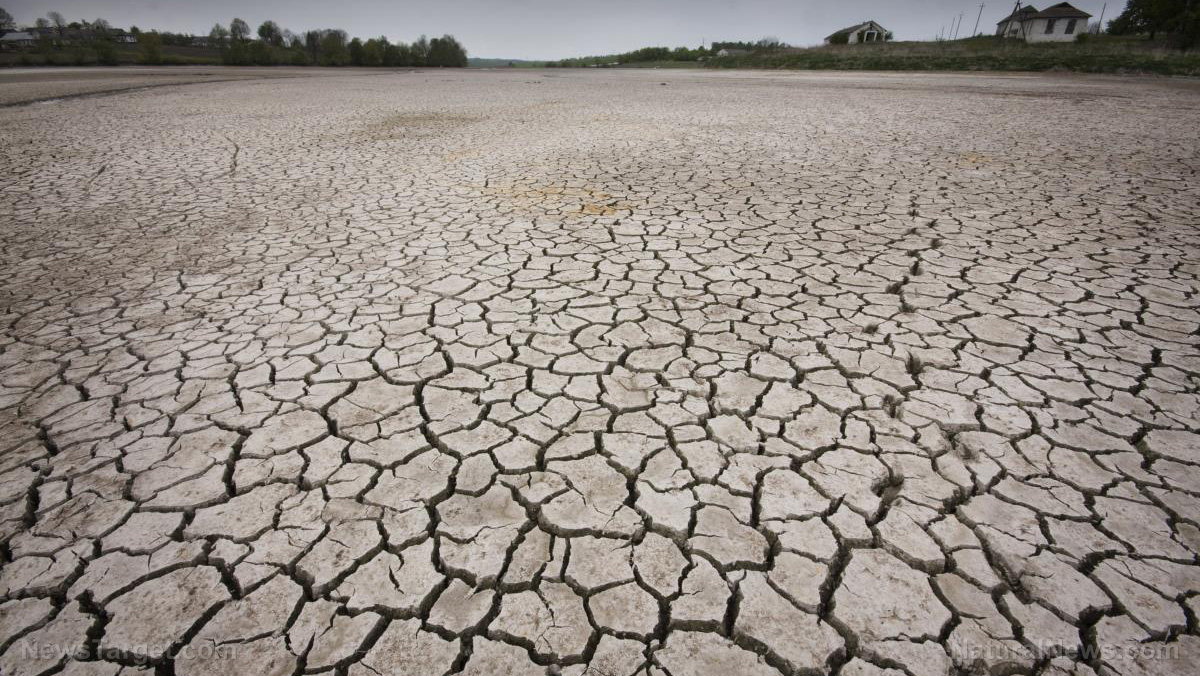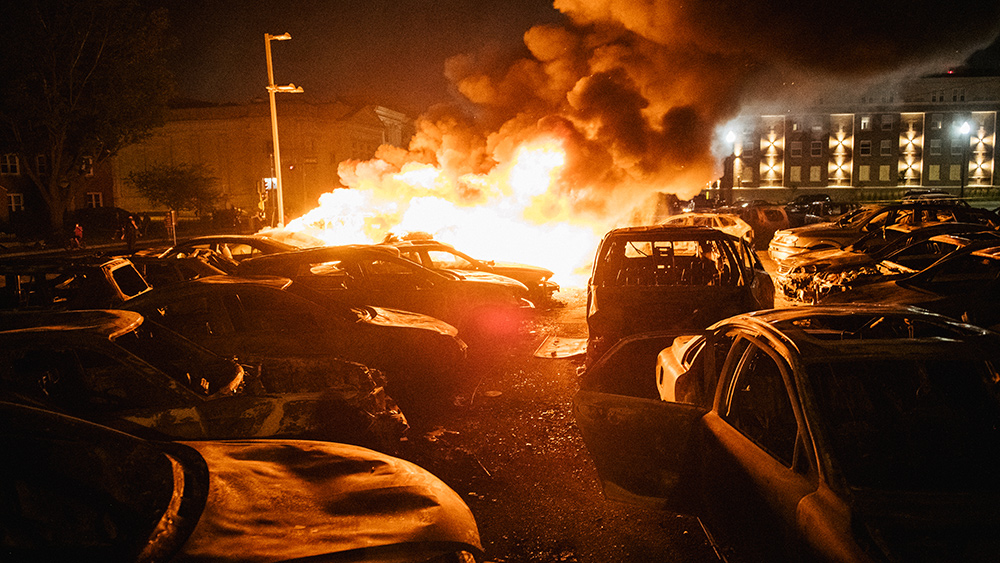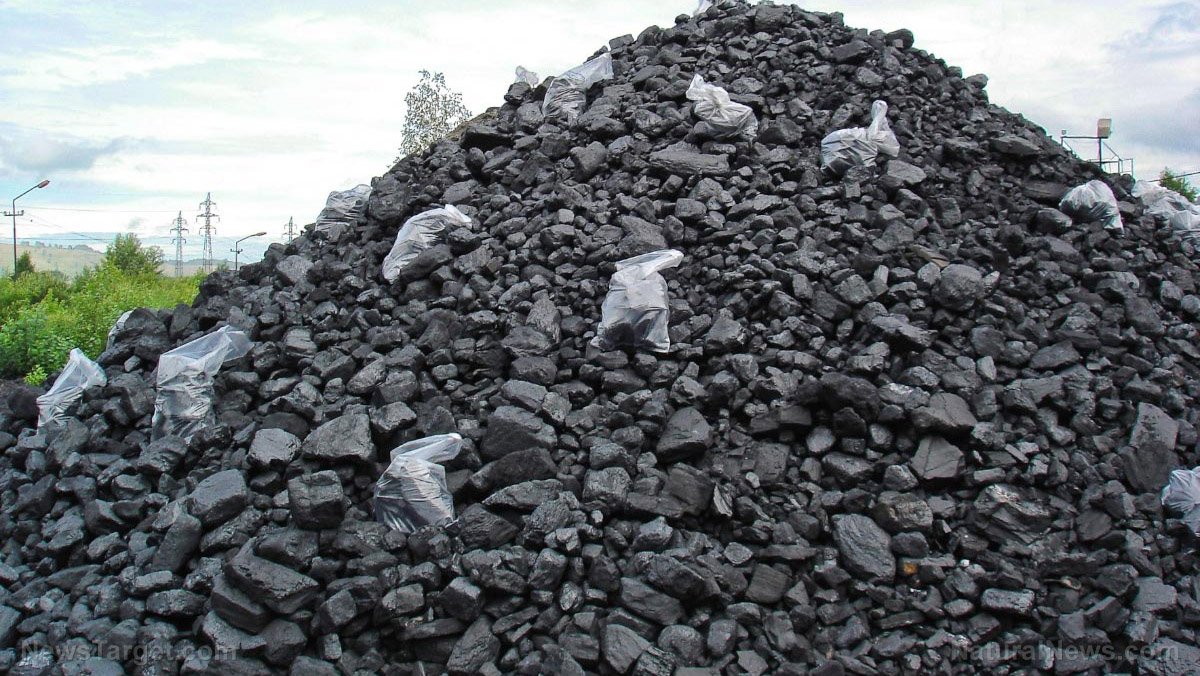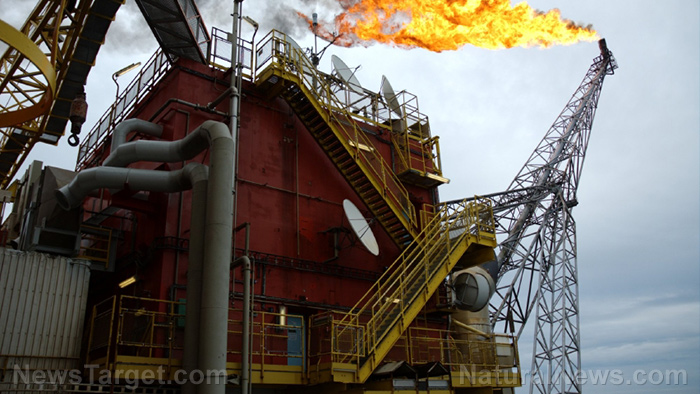ENGINEERED ICE AGE: Congress funds NOAA scientist for geoengineering project to cool the Earth by artificially dimming the sun
06/21/2021 / By Cassie B.

During the last ice age, huge masses of ice covered the northern U.S., Canada, northern Europe and northern Asia. All that ended around 12,000 years ago, but we could be closer to another one than you think now that the National Oceanic and Atmospheric Administration (NOAA) has received funds from congress for a controversial geoengineering project that aims to cool our planet.
David Fahey, the director of NOAA’s Earth System Research Laboratory Chemical Sciences Division, reportedly told staff that the federal government wished to examine the science behind geoengineering, something he described as a “Plan B” for climate change. Along with $4 million in funding, he was given the go-ahead to study two methods of geoengineering.
The first approach entails injecting sulfur dioxide or another aerosol into the stratosphere to shade the planet from more intense sunlight. This concept is modeled after what occurs naturally when volcanic eruptions emit huge clouds of sulfur dioxide that have the effect of cooling the earth. In the second approach, an aerosol of sea salt particles would be used to enhance the power of low-lying clouds over the ocean to serve as shade.
So many ways geoengineering can go wrong
However, if we look to the past, there is a lot of evidence that such an approach might not have the desired effects. For example, during Australia’s gigantic bushfire in 2019 and 2020, smoke blocked the sunshine, but the resulting cooling was hardly a success. Nearly a million metric tons of smoke did rise into the stratosphere and block sunlight, but its sunlight-absorbing black carbon particles led temperatures to warm by almost 2 degrees Fahrenheit for six months, something that is believed to have contributed to the persistent hole in the ozone over Antarctica. There was ultimately no cooling effect in the lowest layer of the atmosphere. Experts say it would take a lot more smoke than this to cool the troposphere, which could cause significant harm to the ozone layer and upper atmosphere.

Scientists at the National Center for Atmospheric Research used computer models to simulate injecting sulfate aerosols into the stratosphere, and they found that although it might mitigate some of the effects of what is known as greenhouse gas-induced climate change, there would be unintended side effects to contend with as well, with surface warming of nearly 3 degrees Fahrenheit occurring roughly every 30 years. They also found there would be less winter precipitation across the Mediterranean and greater summer moisture, while Scandinavia would experience drier summers and wetter winters.
It’s also worth considering that the eruption of Mount Pinatubo in the Philippines in 1991 – the 20th century’s second-biggest eruption – injected 20 million tons of these sulfur dioxide aerosols into the stratosphere, and that only lowered the planet’s temperature by about 1 degree Fahrenheit for about a year until the particles fell back to Earth.
Moreover, researchers point out that huge inputs of sulfur dioxide would be needed to meet their goals, with up to 50 million metric tons being continuously injected into the stratosphere each year.
Indeed, the idea of geoengineering has grown so controversial that Fahey recommended changing the terms that are used to describe it to something more neutral, such as climate intervention.
Fahey also suggested that there were a lot of unknowns that needed to be solved, and unintended consequences must be explored. Some smaller nations have expressed concerns that such an approach could change their weather or destroy the ozone layer that protects us from harmful radiation from the sun.
In short, no one knows for sure if this type of geoengineering would have the desired effect, the opposite effect, or cause something entirely unexpected. If plans for geoengineering move forward, we could see another ice age – and the end of life as we know it.
Scientists say that if we experienced another ice age right now, colder temperatures wouldn’t be our only problem – huge areas that are home to hundreds of millions of people would become uninhabitable and we would lose the agricultural land needed to support the human race – not to mention the big drop in the sea level that would occur. How is this a “solution”?
Sources for this article include:
Submit a correction >>
Tagged Under:
chemtrails, climate change, environ, geoengineering, global dimming, ice age, mad science, NOAA, terraforming
This article may contain statements that reflect the opinion of the author
RECENT NEWS & ARTICLES
COPYRIGHT © 2017 COLLAPSE.NEWS
All content posted on this site is protected under Free Speech. Collapse.news is not responsible for content written by contributing authors. The information on this site is provided for educational and entertainment purposes only. It is not intended as a substitute for professional advice of any kind. Collapse.news assumes no responsibility for the use or misuse of this material. All trademarks, registered trademarks and service marks mentioned on this site are the property of their respective owners.





